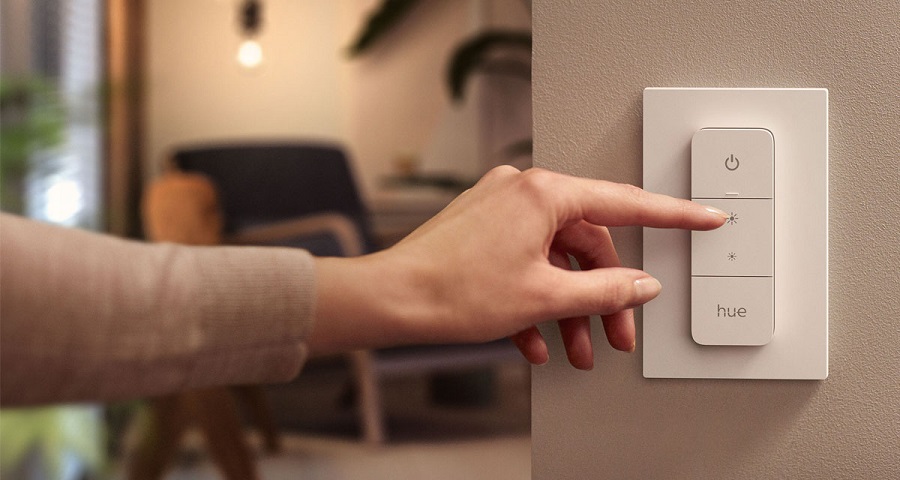It’s happened to all of us. You flick the switch…and nothing happens! Switches are just some of the things that can go wrong in home electrical installations. There might be a fault in the switch itself, like burnt out connectors, or the issue might be a bit deeper and involve faulty wiring. In either case, you can do the repairs yourself, with a few basic tools or call an electrician. Switches that get really hot, or start singing a grinding tune are sure signs they need replacement. Mind you, this not only includes the lights, but can also affect switches in power outlets or any devices which are turned on with electrical switches.
Types of Electrical Switches
I’ve brushed upon the types of switches in the home. But there is far more variety in other settings, particularly in industry. This means the switches are used to turn on expensive machines and equipment used in a range of processes, like conveyor belts or crane hoists. They’re housed in more durable outer shells, made of better if somewhat rugged-looking materials, and need to handle way more current. If these go down, then prepare for expensive delays or even equipment failures. Safety is also an issue here, and the reason why industrial switches are made to a standard, and have the prices to match.
Back to our humble home electric switch then. Simple switches recessed in walls are the single-pole toggle switches, and the ones that are the most common in Aussie homes. A single-pole switch has one input to turn the light on, and one output to turn it off. Flicking the switch to on creates a continuous electrical circuit, whereby the light gets its power. Flicking it off disconnects the circuit. There are two types of single-pole switches – single pole single throw and single-pole double-throw switches. The first is the one we just described, the second has an additional ‘throw’ or a ‘standby’ mode, something you can see in a lot of appliances and devices.
In halls, corridors and stairwells you might also come across three-way switches. These can turn a set of lights at either end of the hall or stairs. Technically these consist of two individual single-pole double-throw switches.
Another type of electric switch and common in bathrooms is the double pole switch. Here a single switch can connect two separate electrical circuits – one for the light, and the other for the fan. There are also four-way switches that can turn a series of individual lights on or off. Convenience at its best.
Switches are also integrated into most Aussie outlets, for obvious safety reasons. This is unique to Australia and New Zealand, and only features in industrial switches elsewhere. Of course, connect the plug, then flick up to use any appliances.
Some of the hallmarks of industrial design also extend to places with exposure to water and dust. Outdoor switches and those in garages are better built, come in higher Amperage ratings, and are weatherproof, meaning they’re sealed and work even when sprayed by water.
Electrical Switches by Function
Lights at home can be operated by different types of switches. Besides the common single toggle switches, there are the older push-button designs that are generally being phased out, when it comes to lights. However, most home appliances and lamps still operate this way. Push-button switches are also common in industrial machinery and equipment as a safer mode of operation. And in newer cars with start/stop power buttons.
Getting cozy can also be done with the flick of the wrist. Dimmer switches change the voltage in the circuit and vary the intensity of the light. Home-theatre rooms are one place where they’re often found. And anywhere where you need to change the lighting conditions. Like dimmer switches, lights can be combined with motion detectors in proximity lights, that turn on when they sense the movement of vehicles or pedestrians. You’ll have these in your driveway and the front porch. Similar in function are time-delay switches which use timers to turn appliances on or off. If you always forget to turn off the lights, then this is the switch to get. All types are good if you’re eco-conscious and want lower power bills.
Lastly, there are smart switches. These run from an app on your phone and can be used to operate anything while not being at home. Did someone break in? Just turn on the lights. Need your living room cool after a hot day? Turn on the aircon while on your way home.
Designs and Colours
Light switches can be optioned in any design or colour you want. These can be non-intrusive designs that fit into the rest of the interior or something with a bit more character, like grey or black switches. Who says they all must be white? Also, there are different profiles, with slim switches becoming more popular. Button sizes are also different, so get the style and colour you like.
More importantly, get the right type of electric switch. If you plan on installing different lights to the ones you have, say a three-way switch instead of a basic single-pole, you’ll not only need to change the switch but also update the wiring for everything to work. If you’re a seasoned DIY-er then this is a simple task, if not, call in a sparky.






